-
 bitcoin
bitcoin $110323.126235 USD
1.94% -
 ethereum
ethereum $3864.833023 USD
1.25% -
 tether
tether $1.000393 USD
0.02% -
 bnb
bnb $1133.877748 USD
4.86% -
 xrp
xrp $2.393640 USD
1.11% -
 solana
solana $192.566078 USD
6.48% -
 usd-coin
usd-coin $0.999906 USD
0.00% -
 tron
tron $0.313196 USD
-2.80% -
 dogecoin
dogecoin $0.194944 USD
2.29% -
 cardano
cardano $0.643216 USD
2.65% -
 hyperliquid
hyperliquid $39.990234 USD
7.27% -
 chainlink
chainlink $17.375446 USD
0.89% -
 ethena-usde
ethena-usde $0.999536 USD
0.02% -
 stellar
stellar $0.310716 USD
0.33% -
 bitcoin-cash
bitcoin-cash $480.762464 USD
1.14%
What is the KDJ bottom deviation signal?
A KDJ bottom deviation signals weakening bearish momentum, often preceding a bullish reversal in crypto when confirmed by volume and indicator crossovers.
Oct 19, 2025 at 03:36 pm
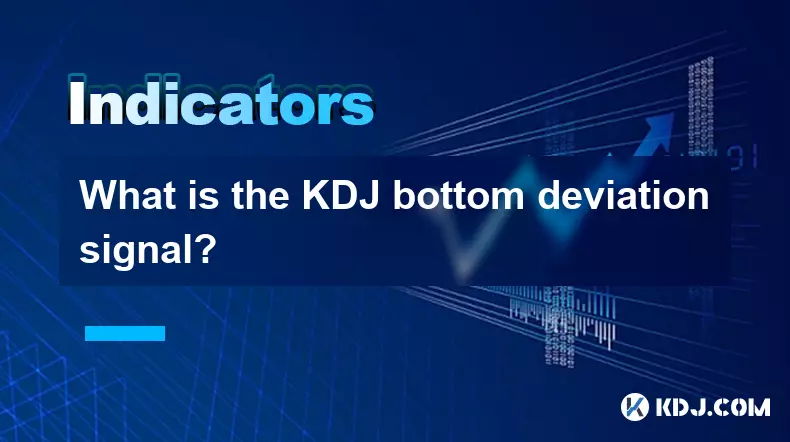
Understanding the KDJ Indicator in Cryptocurrency Trading
The KDJ indicator is a momentum oscillator widely used in technical analysis within the cryptocurrency market. It combines elements of the Stochastic Oscillator and adds a third line, known as the J line, to provide deeper insight into price momentum and potential reversal points. Traders use this tool to identify overbought or oversold conditions, especially in highly volatile digital asset markets where sudden price swings are common. The KDJ consists of three lines: K (fast stochastic), D (slow stochastic), and J (a divergence line that amplifies movements).
What Constitutes a KDJ Bottom Deviation Signal?
1. A bottom deviation occurs when the price of a cryptocurrency makes a new low, but the KDJ indicator fails to confirm this move by also reaching a lower level. Instead, it forms a higher low, indicating weakening downward momentum.
- This divergence suggests that despite continued selling pressure reflected in price, buying interest is quietly increasing, potentially setting the stage for a bullish reversal.
- The signal becomes more reliable when it appears after an extended downtrend and is accompanied by rising trading volume on upward price movements.
- In the context of Bitcoin or altcoin charts, this pattern often emerges on 4-hour or daily timeframes, offering actionable insights for swing traders.
- The presence of bottom deviation on the KDJ can act as an early warning that bearish control is diminishing, even if the price has not yet turned upward.
How to Confirm the Validity of the Signal
1. Cross-verify with support levels—when the KDJ bottom deviation aligns with a historical price support zone, the probability of a bounce increases significantly.
- Look for confluence with other indicators such as RSI or MACD showing similar bullish divergences to strengthen the trade setup.
- Monitor candlestick patterns like bullish engulfing or hammer formations near the deviation point for additional confirmation.
- Ensure that the J line, which is the most sensitive component, begins to rise from below 0 or 10, signaling extreme oversold recovery.
- Avoid acting solely on the deviation; wait for the K line to cross above the D line in the oversold region (typically below 20) to trigger a long entry.
Common Misinterpretations and Risks
1. Not all deviations lead to reversals—some result in continuation of the trend, especially during strong bear markets driven by macro factors like regulatory crackdowns.
- Whipsaws are frequent in low-liquidity altcoins where price manipulation can distort both price action and indicator readings.
- Overreliance on the KDJ without considering market context, such as upcoming halvings or exchange listings, may lead to false signals.
- During sideways consolidation phases, the KDJ may generate multiple deviation signals that do not result in meaningful price moves.
- Traders must incorporate risk management strategies, including stop-loss placement below the recent swing low, to protect against unexpected breakdowns.
Frequently Asked Questions
What timeframes work best for spotting KDJ bottom deviation in crypto?Daily and 4-hour charts offer the most reliable signals due to reduced noise compared to shorter intervals. These timeframes capture institutional-grade moves rather than retail-driven volatility.
Can KDJ bottom deviation be used in sideways markets?It is less effective in range-bound conditions where price oscillates without clear direction. The indicator tends to produce frequent crossovers and false divergences, making it difficult to isolate genuine reversal points.
Does the KDJ perform differently across various cryptocurrencies?Yes. High-market-cap assets like Bitcoin and Ethereum exhibit more consistent KDJ behavior due to deeper liquidity and broader participation. Low-cap tokens often show erratic patterns due to thin order books and pump-and-dump activity.
How does funding rate data interact with KDJ bottom deviation signals?In perpetual futures markets, extremely negative funding rates combined with a KDJ bottom deviation can enhance the signal's strength. This combination indicates excessive short positioning and potential for a short squeeze upon reversal.
Disclaimer:info@kdj.com
The information provided is not trading advice. kdj.com does not assume any responsibility for any investments made based on the information provided in this article. Cryptocurrencies are highly volatile and it is highly recommended that you invest with caution after thorough research!
If you believe that the content used on this website infringes your copyright, please contact us immediately (info@kdj.com) and we will delete it promptly.
- Essex Post Office, 5p Coins, and King Charles: A Royal Mint Revelation!
- 2025-10-23 10:30:16
- Waymo's Newark Airport AV Tests: Alphabet's AI Gamble Pays Off?
- 2025-10-23 10:30:16
- King Charles 5p Coins: A Royal Flush in Your Pocket?
- 2025-10-23 10:35:18
- Solana, Crypto Advisory, and Forward Industries: A New York Minute on the Future of Finance
- 2025-10-23 08:51:22
- MAGACOIN: Ethereum Whales Dive into the Hottest Presale of 2025
- 2025-10-23 08:51:22
- Kadena's End of the Road? KDA Token Plummets Amid Project Abandonment
- 2025-10-23 08:55:34
Related knowledge
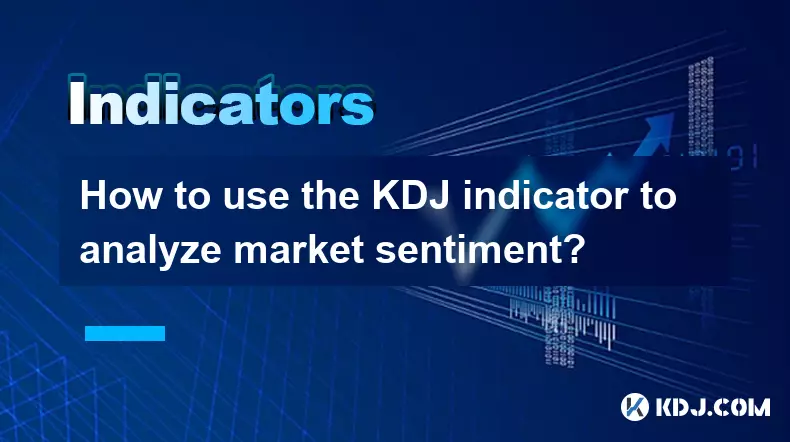
How to use the KDJ indicator to analyze market sentiment?
Oct 18,2025 at 07:18pm
Understanding the KDJ Indicator in Cryptocurrency Trading1. The KDJ indicator, also known as the Stochastic Oscillator, is a momentum-based technical ...
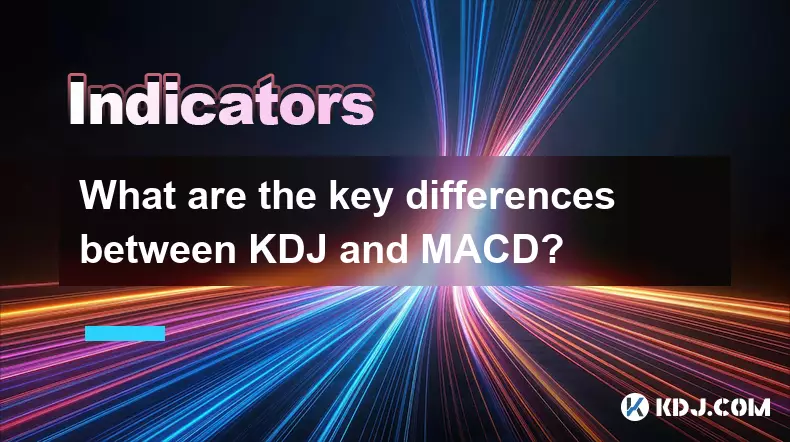
What are the key differences between KDJ and MACD?
Oct 18,2025 at 04:54am
KDJ Indicator: Core Mechanics and Usage1. The KDJ indicator is a momentum oscillator that combines the features of the Stochastic Oscillator with an a...
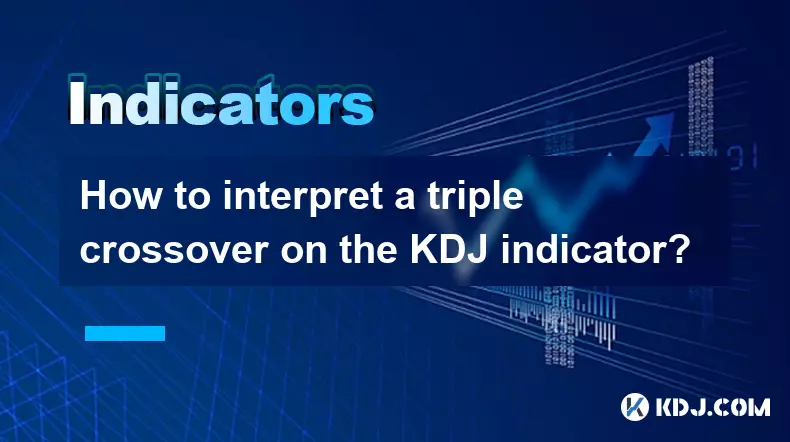
How to interpret a triple crossover on the KDJ indicator?
Oct 18,2025 at 01:54pm
Understanding the Triple Crossover in KDJ Indicator1. The KDJ indicator, a derivative of the Stochastic Oscillator, consists of three lines: K, D, and...

What's the best timeframe for the KDJ indicator?
Oct 20,2025 at 03:01pm
Understanding the KDJ Indicator in Crypto TradingThe KDJ indicator, an extension of the stochastic oscillator, is widely used in cryptocurrency tradin...
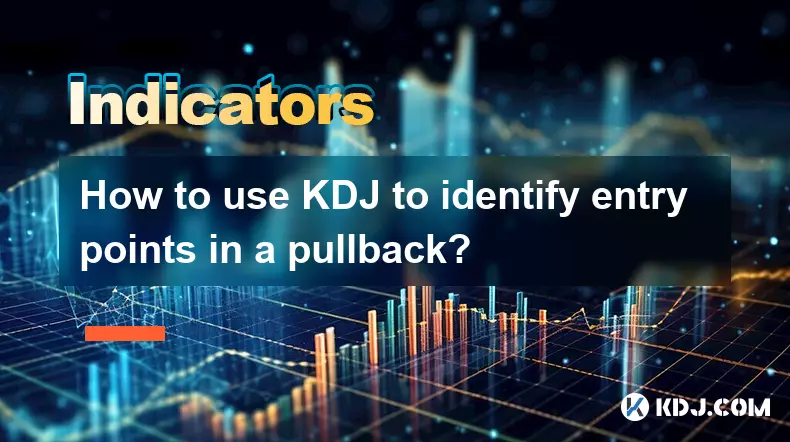
How to use KDJ to identify entry points in a pullback?
Oct 18,2025 at 09:36am
Understanding KDJ in the Context of Pullbacks1. The KDJ indicator, an extension of the stochastic oscillator, consists of three lines: %K, %D, and %J....
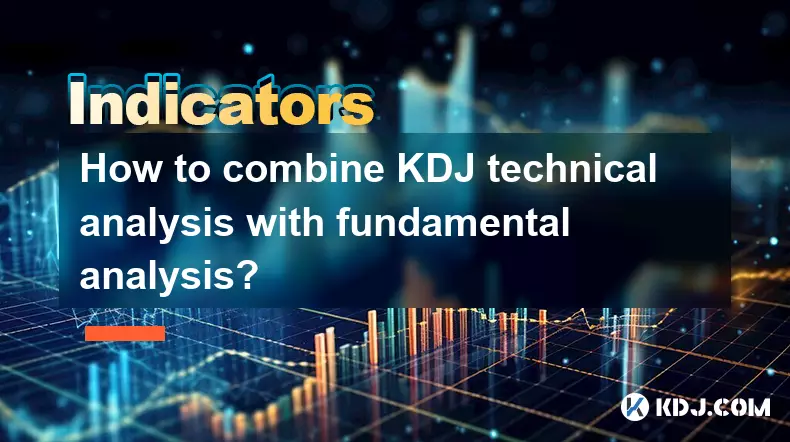
How to combine KDJ technical analysis with fundamental analysis?
Oct 20,2025 at 11:55pm
Understanding KDJ in the Context of Cryptocurrency Markets1. The KDJ indicator, originating from stochastic oscillator principles, is widely used in c...

How to use the KDJ indicator to analyze market sentiment?
Oct 18,2025 at 07:18pm
Understanding the KDJ Indicator in Cryptocurrency Trading1. The KDJ indicator, also known as the Stochastic Oscillator, is a momentum-based technical ...

What are the key differences between KDJ and MACD?
Oct 18,2025 at 04:54am
KDJ Indicator: Core Mechanics and Usage1. The KDJ indicator is a momentum oscillator that combines the features of the Stochastic Oscillator with an a...

How to interpret a triple crossover on the KDJ indicator?
Oct 18,2025 at 01:54pm
Understanding the Triple Crossover in KDJ Indicator1. The KDJ indicator, a derivative of the Stochastic Oscillator, consists of three lines: K, D, and...

What's the best timeframe for the KDJ indicator?
Oct 20,2025 at 03:01pm
Understanding the KDJ Indicator in Crypto TradingThe KDJ indicator, an extension of the stochastic oscillator, is widely used in cryptocurrency tradin...

How to use KDJ to identify entry points in a pullback?
Oct 18,2025 at 09:36am
Understanding KDJ in the Context of Pullbacks1. The KDJ indicator, an extension of the stochastic oscillator, consists of three lines: %K, %D, and %J....

How to combine KDJ technical analysis with fundamental analysis?
Oct 20,2025 at 11:55pm
Understanding KDJ in the Context of Cryptocurrency Markets1. The KDJ indicator, originating from stochastic oscillator principles, is widely used in c...
See all articles










































































